






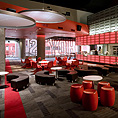
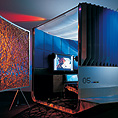
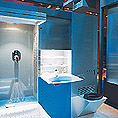
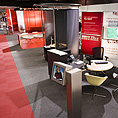

Continued |
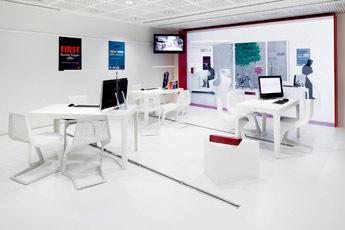
|
|
As the market-place demands new experiences and new products reflecting shifts in contemporary culture and thinking, the great dilemma for business is how to ride this wave of expectation with the right mix of innovation. Too little innovation, and products look tired and out of step with contemporary consumer demands, too much innovation and customers will not understand the new products and will be alienated by them and possibly by the entire brand. Worse still the new products may not work properly, requiring bugs to be ironed out in them and possibly from other parts of the broader company product and service 'system'. All change involves risk. In a market constantly demanding innovation, managing risk in the development of new products and services is a very important business strategy. Strategically, the best way to manage risk in this process of developing new products is to integrate a risk management feedback system into the very product development process itself. That process is prototyping.
|
|
For a company to deliver innovation, in practice, both technological change and cultural change is required. Industrial design has evolved a culture of technological research and development, synthesised into a design experimentation and development process, the results of which are then presented to end users or the public for testing and feedback. This process, prototyping, gives industrial designers a unique licence to experiment with more radical designs, fabrication and programmatic options, and integrate these into a product development regime designed to test or change public perception and expectation. This optimises the value of any investment into research and development. Research and development is by its nature expensive. Understanding the dynamics and potential for optimisation in prototyping is essential if one wants to learn and benefit from it, while controlling the costs and risks. This culture of prototyping new ideas and developing them into scenarios or technology demonstrators, displayed for public assessment and user engagement was initially developed in North America by General Motors in the 1930s. It originated as an adoption of the research, testing and rapid prototyping practices developed by the US aviation industry, principally in response to military demands, and then this was fused with the cultural practices of the global fashion industry of that era, namely the public fashion parade developed to introduce new styles, fabrics and ideas. |
|
The Dutch electronics corporation, Philips has invested extensively in prototyping to explore new technological opportunities within emerging social and cultural frameworks and to demonstrate a commitment to better products and to make a positive contribution to the future by offering products, services and software that enhance the quality of peoples lives. They see prototyping as 'making new concepts tangible' and 'communicating the results of research'. This combination is critical. For companies like General Motors and Philips, prototyping has no value if it is not undertaken with rigour. The outcomes have to be believable. Superficial or weak attempts to exhibit experimentation demonstrate a superficial and potentially duplicitous streak in the company's culture. The results need to support the ideas and withstand scrutiny. Prototyping needs to be research-based. It's important for actions and decisions to be taken on the basis of solid research and understanding. Of course, designers' intuitions are important, but they need to be validated by research and experimentation. Prototyping allows for a dialogue between the users and the designers. Where prototyping engages the public in design innovation 'memories of the future' can be created whereby the public can participate in responding to new design ideas at an early phase of their implementation and become accustomed to these ideas. The results of this process in a commercial sense for Philips are best demonstrated by their more recent designs for magnetic resonance-imaging equipment for medical use. The design process has allowed them to reconceptualise the experience and then the environment for this potentially intimidating medical procedure. |
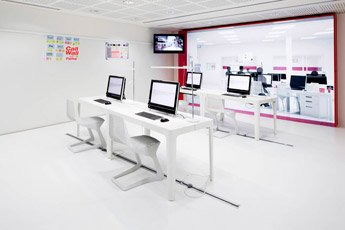
|
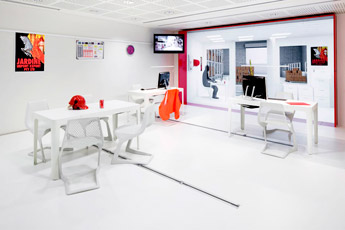
|
page: 1 | 2 | 3 | 4 |
2008 © Crowd

